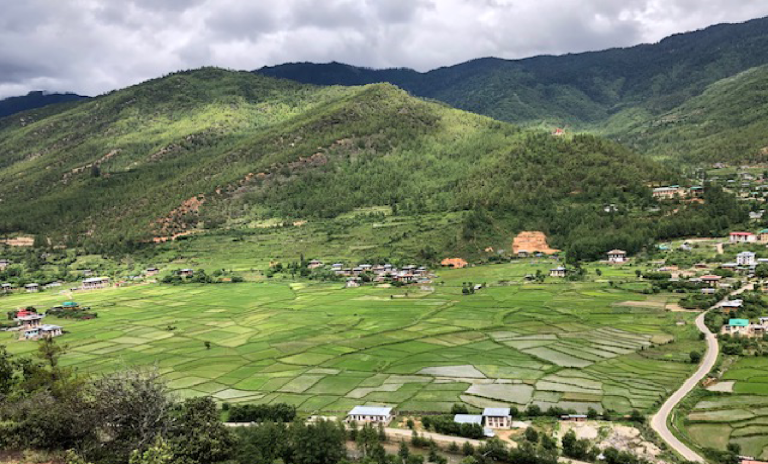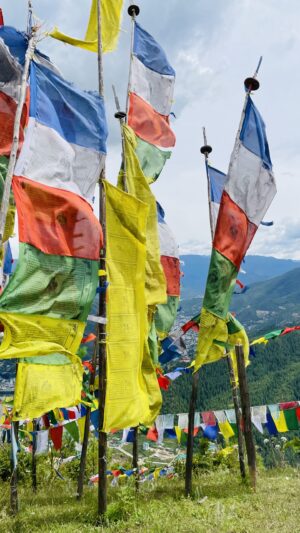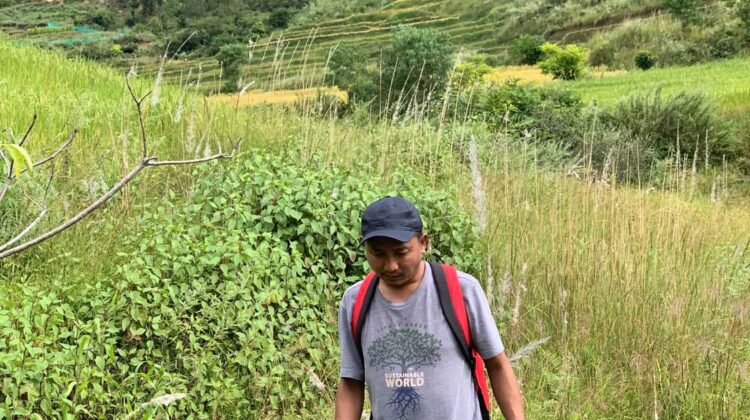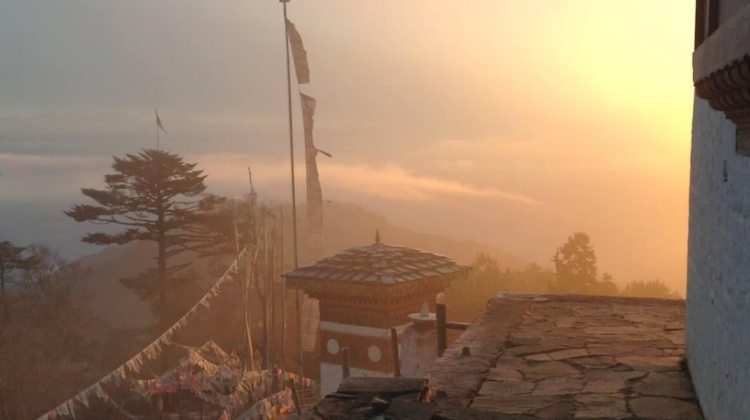Trails are more about building community than about cutting a path. This has certainly been the case over the last month as hundred of unemployed tourism workers and villagers across 430km of rugged landscape have joined together to work on the trail. These communities have set about to refurbish sections of trail that connect their gewogs (group of villages) like a thread across the nation. We could not have achieved so much work in such a short period of time without the leadership and inspiration of the many gups (local leaders of the gewog) who have mobilized their communities for this project.

Between COVID-19 restrictions and the beginning of the monsoon season, travel across Bhutan has been difficult. The Trans Bhutan Trail (TBT) team has been working virtually as much as possible with community leaders to ensure that an appropriate sustainable trail is being constructed.
This has included the production of the first ever trail-building how to video produced completely in Dzongkha.

Our heartfelt congratulations to our partners in the Trongsa Dzongkhag. This month the regional government, with support from Tourism Council of Bhutan, completed the restoration of the traditional bazam (wooden bridge) leading to the Dzong. The bazam is historically significant and a critical component of the TBT. It was last restored in the 1980s with support from the Austrian Government. The good news is that you don’t have to walk the whole TBT to experience the bazam. It is a beautiful 1.5km walk from the Trongsa Dzong through lush forest down an ancient staircase to the bridge. Worth a stop in Trongsa the next time you are there.

Of course the Trongsa bazam is not the only bridge being built or restored in order to reconnect the trail. We have yet to count all the bridges that are included in the TBT. There are many.
The TBT is deeply grateful to Dasho Director General Dorji Dhradhul of Tourism Council of Bhutan and his staff who have provided critical administrative supported to the TBT. Not to mention the Royal Government of Bhutan which has entrusted the TBT with significant resources to match the contribution by BCF. Above and beyond the trail itself, this has been a significant example of private international philanthropy and national, regional and local government working together to achieve a common goal.
We are excited about the months to come with the hiring of a marketing and communications coordinator and researcher to help collect the stories of the trail and spread the news.
Photos of work underway:






A note to non-Bhutanese readers: Given the current state of the world, some pictures included in this blog may seem odd. The pandemic has changed the way we work and recreate together. At present there have been, or currently are, 70 cases of COVID-19 in Bhutan. They are all contained in isolation having been carried in on repatriation flights (all returning Bhutanese are required to isolate for 21 days in hotels immediately after landing in the country). There is no community transmission of the virus. There are multiple restrictions on movement and gatherings, robust testing and an active contact-tracing program (this included a 3-month prohibition on beloved archery). The TBT has made every effort to comply with these policies while continuing in our work. In the face of this crisis, the leadership of His Majesty and the ongoing efforts of the Royal Government have been inspiring and exemplary.







